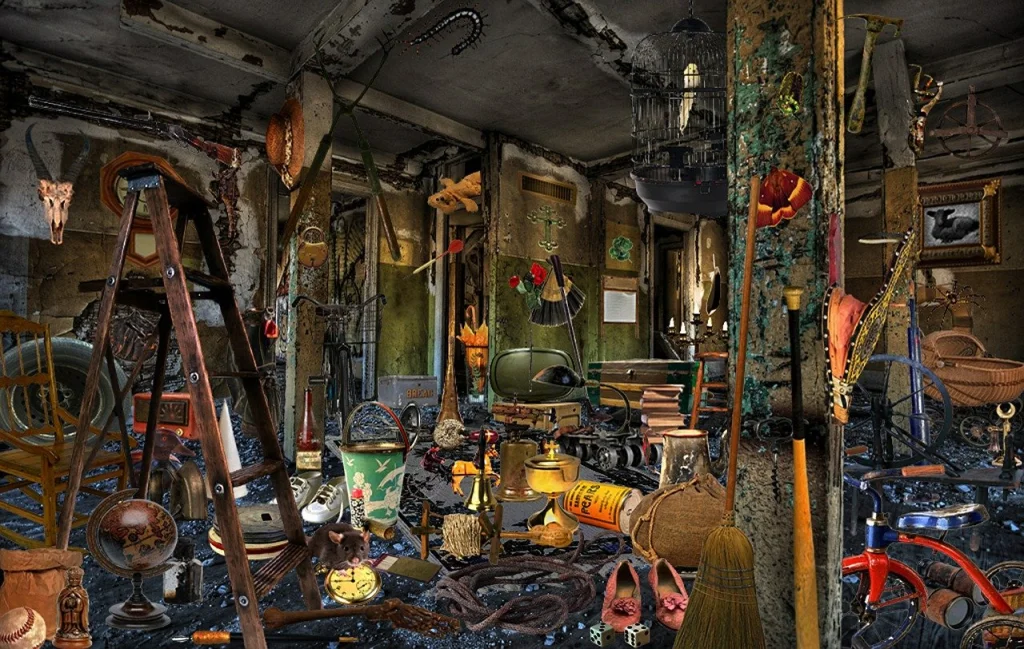 Normally, I have ridiculous levels of patience. You have to possess or at least cultivate this quality if you want to be a working writer and keep most of your sanity intact. But I’ve been uncharacteristically rushing lately. Maybe because I’m conscious of making the best use of my writing time while various things are being done to ready Sliding Past Vertical for publication in September. Maybe because, even though the manuscript I spent months with earlier this year went wheels-up, I’d hoped to at least complete the first draft of New Manuscript by the end of 2013 and meet part of my writing goal for the year.
Normally, I have ridiculous levels of patience. You have to possess or at least cultivate this quality if you want to be a working writer and keep most of your sanity intact. But I’ve been uncharacteristically rushing lately. Maybe because I’m conscious of making the best use of my writing time while various things are being done to ready Sliding Past Vertical for publication in September. Maybe because, even though the manuscript I spent months with earlier this year went wheels-up, I’d hoped to at least complete the first draft of New Manuscript by the end of 2013 and meet part of my writing goal for the year.
But in all this rushing, I realized something about myself. Unless I’m on deadline or tackling a challenge like NaNoWriMo, I don’t like rushing first drafts. My characters get pissy. I trip over my own thoughts. There’s a reason that both my high school and college track coaches steered me away from sprinting and put me on the one- and two-mile events. I’m a slow runner, true, but I had the most even splits they’d ever seen.
And I’d forgotten, in my haste, in my excitement of having a new idea, that I perform best when I can set my own timetable and go at my own, steady pace. When I can slow down and focus long enough to see the small details of a scene: the disapproving uncle sliding a finger through the dust on a bookshelf. The shadow that falls over a nephew’s face when he hears the name of a lost loved one.
When I finally realized what I was doing to myself, I let Anne LaMott reel me back in. Bird by Bird, her exquisitely wise and compact book about writing, sits on my shelf, and when I’m in the weeds, I grab for it. The bit about the lousy first drafts, I get. I live to make lousy first drafts, because that’s where you have to start. You’ll make them better later. But you can’t make them better if you’re so uptight about perfection on the first go that you never get anything done.
What helped me this time was her concept of the one-inch frame. I’d been making myself crazy seeing the entire scope of what might be a trilogy—having never done one before—at the expense of examining the details of the scene unfolding before me.
So with LaMott’s device, I stopped staring at the entire family portrait and focused on, say, the little girl in the corner looking uncomfortable and itchy in her brand-new dress. Her smile is clearly forced; a lock of hair escapes from otherwise tidy braids. She didn’t want to be in this picture. She’d rather be outside, hanging upside-down from a tree branch and showing the boys her Wonder Woman Underoos. Now, there’s a scene. There’s a place to start.




Leave a comment